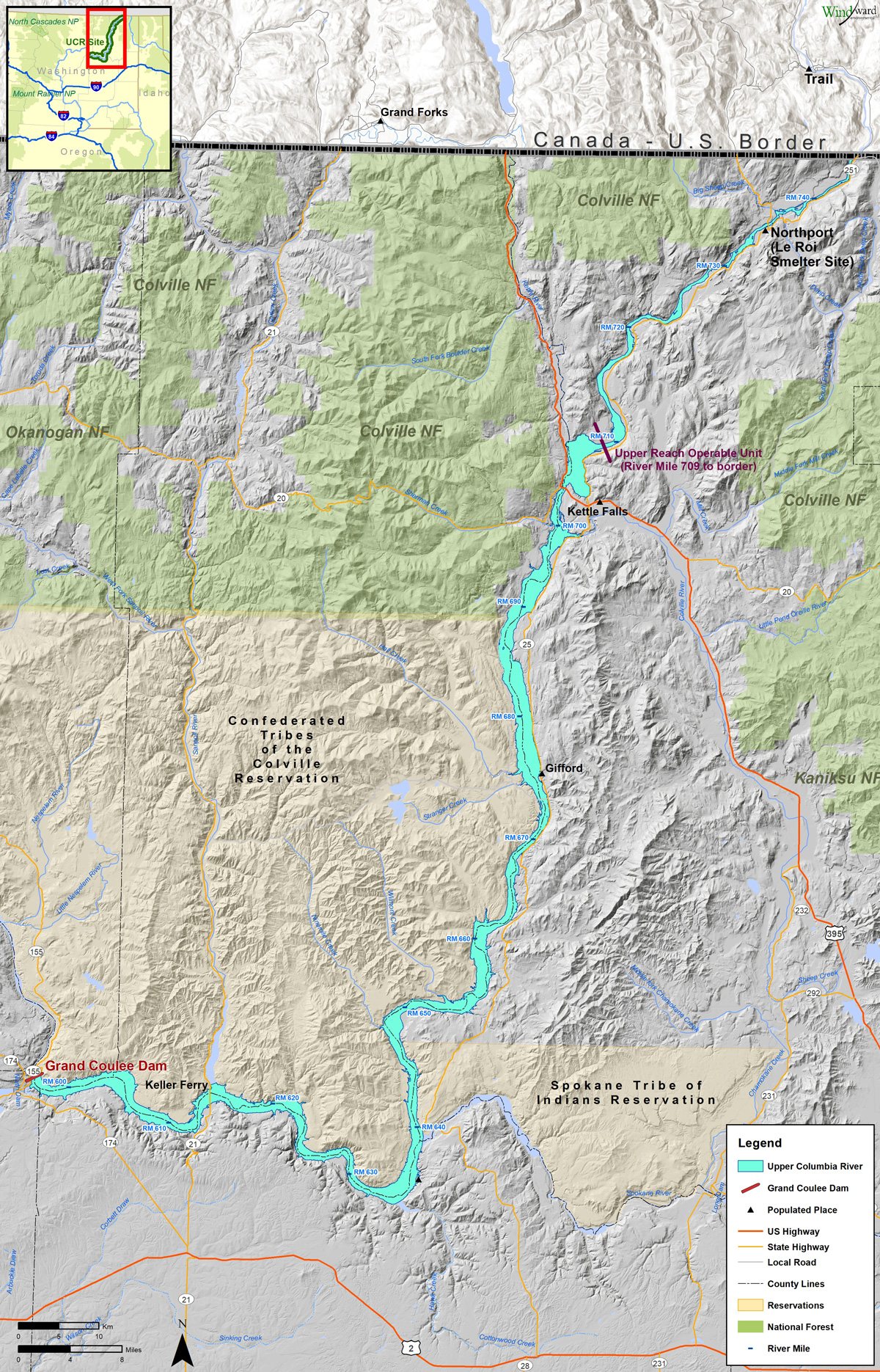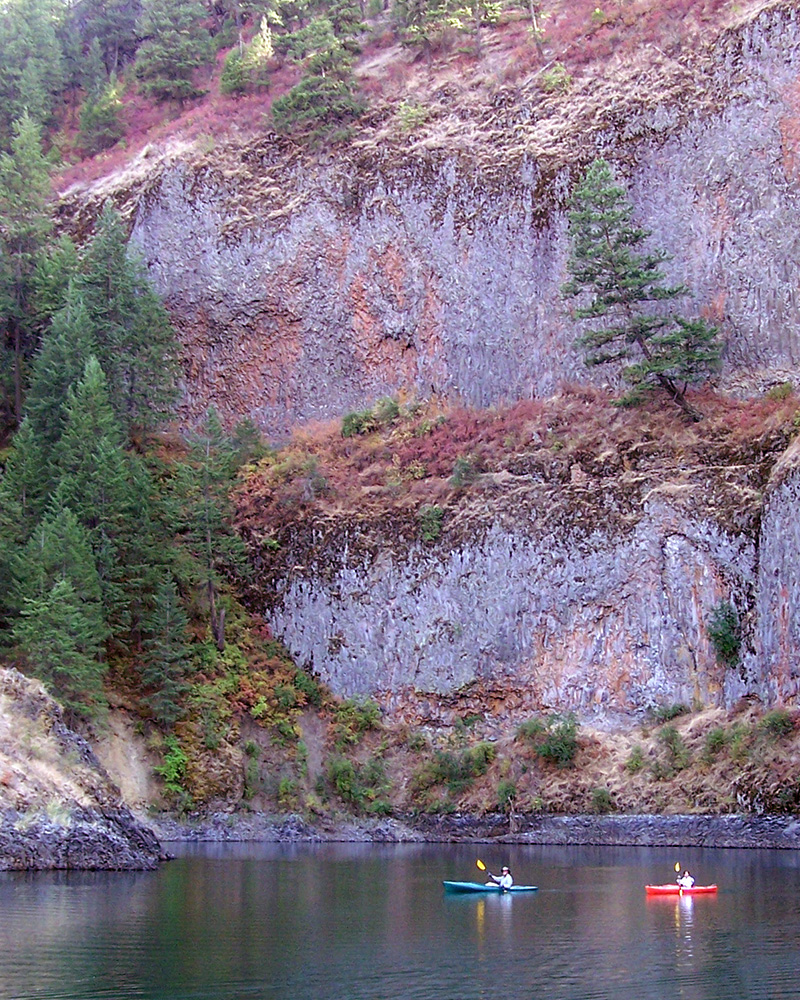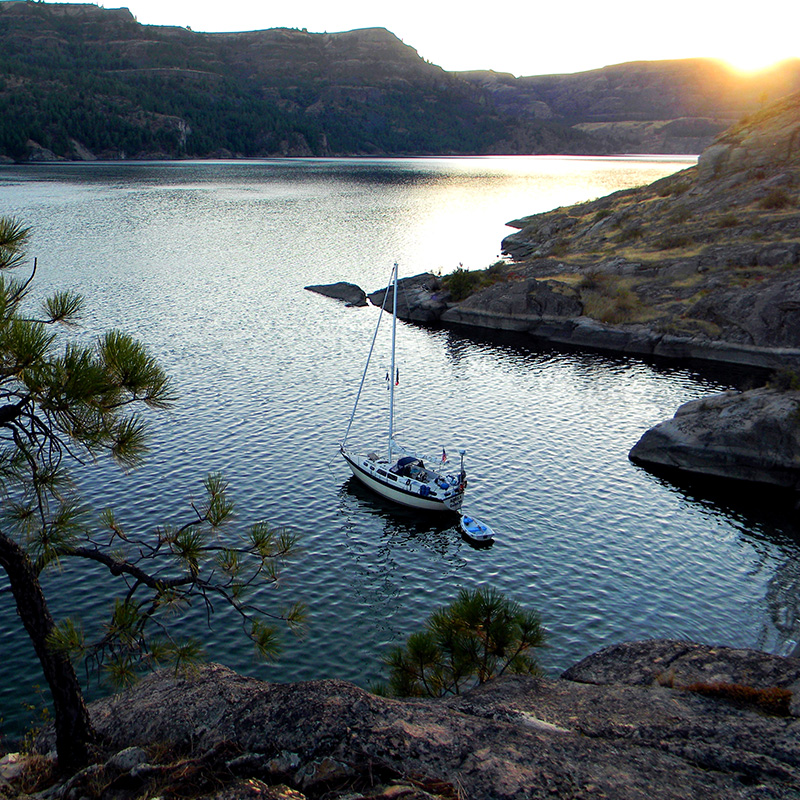
Teck American Incorporated, a U.S. subsidiary of Teck Resources Limited, is funding and conducting a comprehensive environmental assessment of the Upper Columbia River (UCR) area in northeastern Washington State under a unique voluntary settlement agreement with the U.S. Environmental Protection Agency (EPA). Referred to as a remedial investigation & feasibility study, the Study is occurring under EPA regulations and oversight.
The study area is located approximately 10 river miles below Teck’s Trail Operations smelter (Trail smelter), which has operated for over 100 years and currently produces refined zinc and lead, a variety of precious and specialty metals, chemicals and fertilizer products.
This area encompasses much of the Lake Roosevelt National Recreation Area recognized for abundant recreational opportunities, including fishing, boating, swimming, camping and hiking.
The study focuses primarily on evaluating potential risks associated with historical discharges from the Trail smelter, and the impacts of other historical mining and smelting operations in northeastern Washington. Since the first outreach from EPA, Teck has been committed to addressing risks, if any, to human health or the environment that may be associated with Trail smelter’s historic operations. This is consistent with Teck’s overall values, and approach to social responsibility and performance.
Since the 1970s, Teck has invested over $1.7 billion to continuously advance the environmental and operational performance of the smelter. Today, the Trail smelter is a world-class facility supplying and recycling vital metals and critical minerals to Canada, the U.S. and world economies and is the first stand-alone zinc processing site globally to receive the Zinc Mark.





